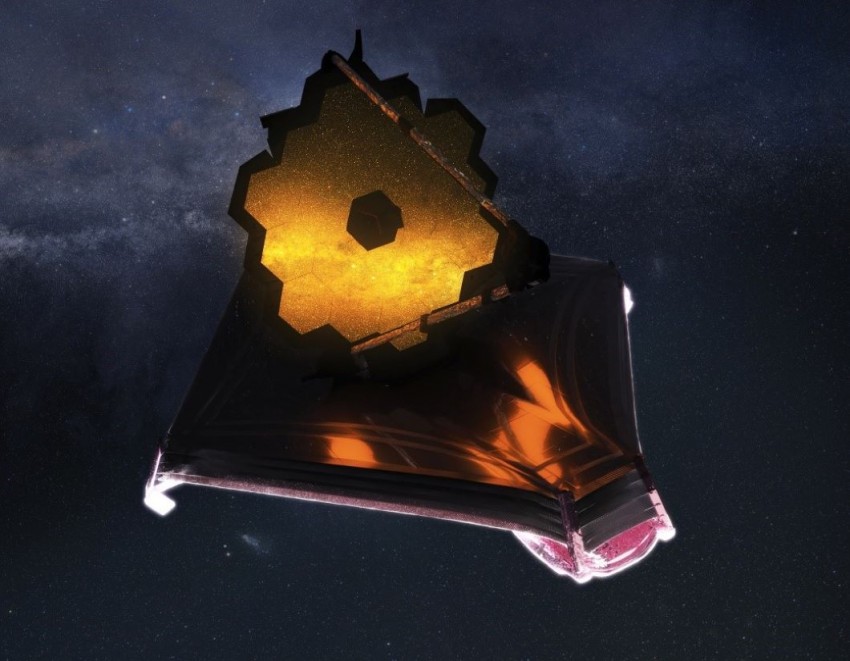
This was announced by NASA Administrator Bill Nelson On July 12, the agency will display the photo The most distant object ever captured in outer space. This will of course be possible thanks to the James Webb Space Telescope (JWST). At the same press conference it was reported that JWST will be able to serve not for 10 years, but for 20 years.
Currently, the oldest and most distant object known to us in space is the HD1 galaxy, from which light has traveled to us 13.5 billion years. It was created 330 million years after the Big Bang. Experts believe that Webb Telescope will easily break this record. As if that weren’t enough, on July 12, NASA will show the first spectroscopic images of an exoplanet by Webb. Astronomer Nestor Espinosa of the Space Telescope Science Institute says the possibilities for spectroscopic examination of exoplanets so far have been very limited compared to what Webb offers. It is as if we are in a very dark room and can look outside through a small hole in the wall. Web opens a large window in front of us through which we can see all the details.
web It can study objects in the solar system, and the atmospheres of planets orbiting other stars, giving us clues as to whether these atmospheres are similar to Earth’s. It can help us answer questions about where we come from, who we are, and what in space as well. We will also learn the answers to questions that we have not yet been able to askNelson was saying.
Nelson’s deputy, Pam Milroy, announced that thanks to the perfect launch of the rocket by Arianespace, the Webb Telescope will be able to operate for 20 years, not 10 as planned. These 20 years will allow us to do more research and deepen our knowledge even further, because we will have the opportunity to make longer observations, building on Webb’s previous observations.Milroy was saying.
When planning the duration of Webb’s mission, NASA had to take into account the amount of fuel the telescope would have to use during the flight to its destination, the L2 shaking point. Thanks to the rocket’s highly accurate launch, the telescope used much less fuel to correct the trajectory than had been planned. We now know he has 20 years of business left. The telescope needs fuel to correct its course in orbit at L2. Because of the gravitational forces in the L2 orbit, objects there tend to leave this orbit and engage in their orbit around the Sun. So, about every 3 weeks, Webb will start the engines and correct the orbit. We now know that he will be able to do this in the next 20 years.




More Stories
Nvidia GeForce RTX 4090: AIDA64 gets Ada spearhead support
Rogue Trader – Details about the first cRPG in the series – CD-Action
t3n – Digital Pioneers | digital business magazine